Fermer la notification
Le saviez-vous ?
SIDE a travaillé avec ses fournisseurs pour rendre ses colis respectueux de l'environnement.
Fini le plastique !
Le ruban adhésif qui sécurise la fermeture de nos colis et les chips de calage qui immobilisent les livres dans les cartons sont en matériaux recyclables et biodégradables.
Afficher la notification
